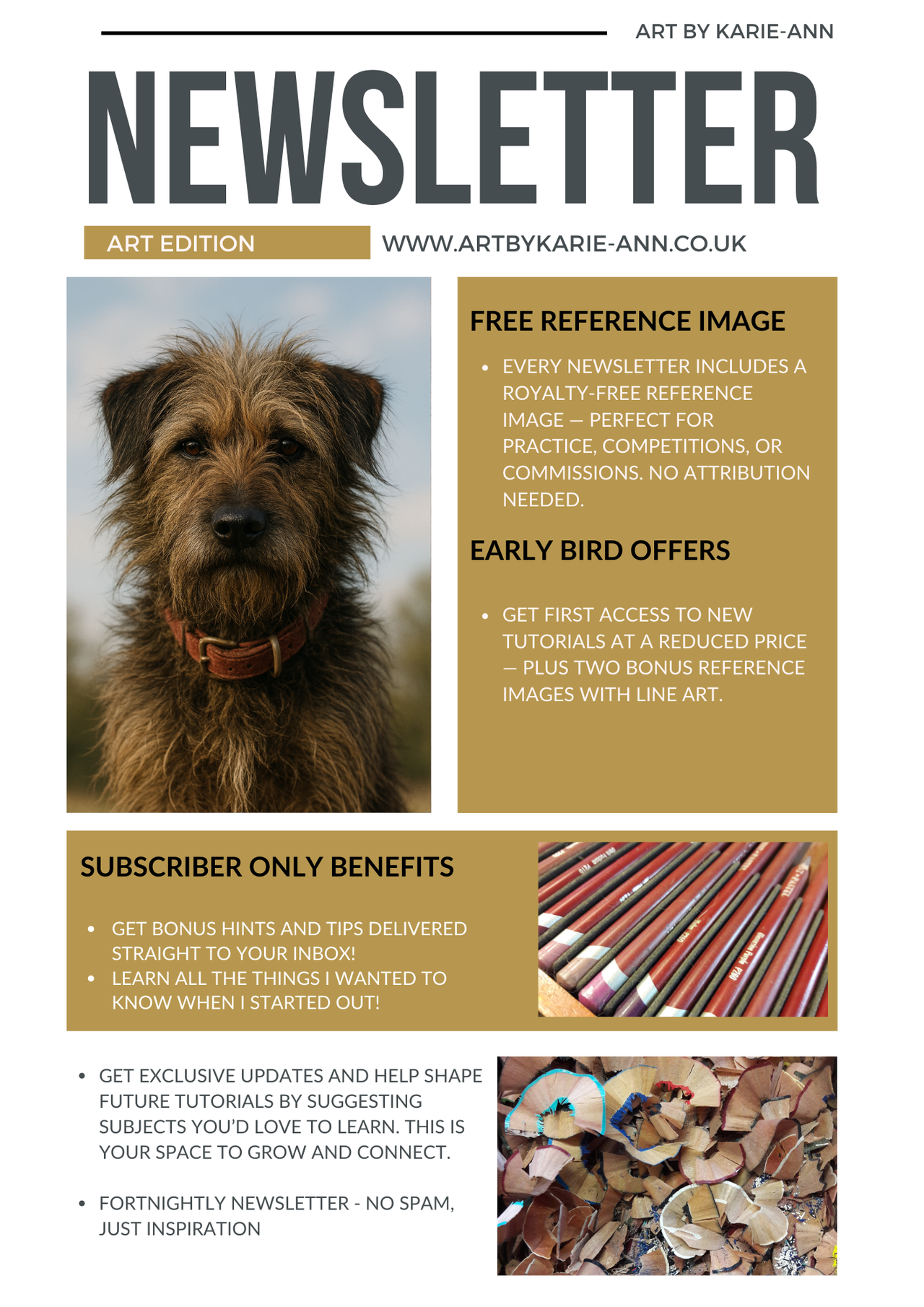Artist Blog
Which pastel paper should you use

A brief look at a few of the many pastel papers on the market to help you decide which pastel paper you should use.
Finding the right pastel paper I think this is the most important factor in helping potential artist find out if they like or loathe pastels. I used the wrong paper early on and it was an utter disaster but find the paper which suits your style and it really is the biggest part of the battle overcome in finding your way.
It's such a big part in using pastels that many art suppliers now provide tester packs for you to try, I highly recommend these. I know most pastel artists rave about Pastelmat, I myself love it but not everyone gets on with it. Consider whether you want to create highly detailed artworks, maybe sanded paper would suit you better or maybe you prefer big bold pastel strokes from pastel sticks, a smoother pastel paper my suit you better. If you blend by hand you may find sanded papers literally take the skin off your fingers, you could try a smoother paper to prevent that (or even use a tool for blending)
- Pastelmat. Available in pads in different colour sets, sheets or even as a board. This one is gentle on the fingers when blending even though it is considered a sanded paper. Accepts wet media so you even add a watercolour or acrylic base or use watersoluble pastel pencils. It doesn't require fixative and the sheets are up to 1m wide. It comes in a huge range of colours (sadly not black) but it means you could produce artwork with the background exposed, especially good it you use a complimentary colour, or even with a more loose artwork with just small areas of the pastelmat visible.
- Fisher 400. The first sanded I tried and was a game changer for me when I discovered I could create fine detail but it did take the end off my fingers! It takes numerous heavy layers plus you can add detail on top. It only comes in one shade but you can easily add a wash to tint it and then work on once dry.
 |
- Uart. A lovely sanded paper which now comes in a few colour options. Can be bought as a roll so economical. Comes in different grades so some is pretty rough to the very fine end of the scale. Doesn't require fixative. If you work on large pieces then this is the one for you, I think the rolls are up to 9m long and if you use a lot of paper it could work out more economical.
- Royal Sovereign Pastel Paper. I've only seen this one in pads so the size is restrictive, I has a very funny textured feel to the surface, I believe it's made of cork but it does allow lots of layering and does come in various colours.
- Royal Ingres Pastel Paper. This was the paper I tried first and it totally threw me off the scent. I hated it, I was unable to add multiple layers as the paper was easily saturated with pastel. This was the original type of pastel paper on the market many moons ago when people mainly work with fat chunky sticks of pastel and worked expressively so layering and fine detail wasn't such a requirement. Again this comes in a range of colours and if you love big bold pastel artwork this could be the one for you.
- Velour paper. This paper is perfect if you want to create the soft, fluffy look of fur, it allows layering but it does take a fair bit of work before it starts to fill the nap so for while it looks like the artwork is washed out, don't give up! Once you have enough pastel down (I suggest a base layer of sticks or panpastels) and you begin adding details, it really does look amazing. The sad thing about it though is it does need fixing I found, quite a bit of pastel would come back off and I hate fixing. I find fixatives change the colours of pastel artwork, the darks become lighter and the light areas become darker meaning you need to rework the final layers to bring it back to life, however s I said, it does give a real fur-like quality if you do pet portraits.
- Make your own paper! Various art suppliers and manufacturers make a pastel ground you can paint onto a surface to make your own sanded paper. you can make it to any size and on any paper you already have. It also means you can apply it thickly to create lots of tooth or very watered down just to 'rough up' the surface if you don't need much grip on the surface. You can also mix it with inks and paints to colour it to any shade you want which is pretty helpful.

Categories: : pastel paper
Want to create stunning pastel portraits without overspending?
Get my FREE Pastel Artist's Toolkit Ebook
Hi, I’m Karie-Ann — a UK-based wildlife and pet portrait artist. I’ve created this toolkit to help fellow artists save money, avoid overwhelm, and feel confident with their pastel materials. Whether you’re just starting or refining your technique, this guide is for you.


 Art by Karie-Ann
Art by Karie-Ann 
